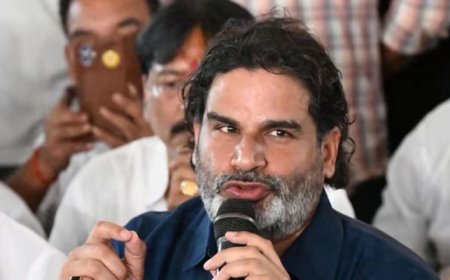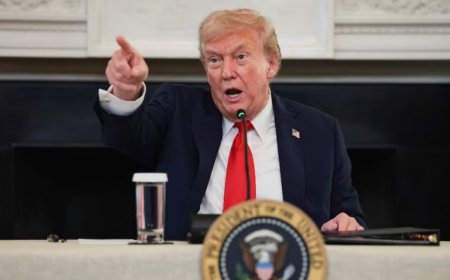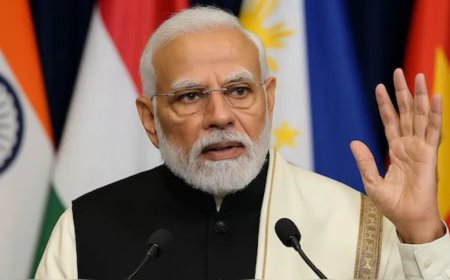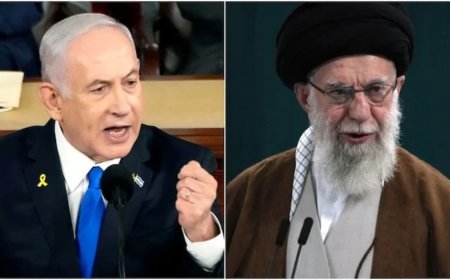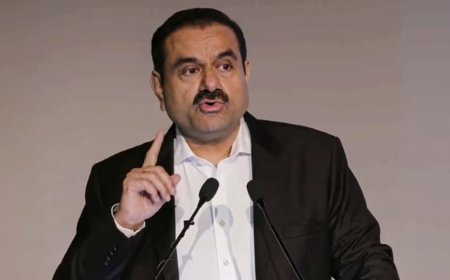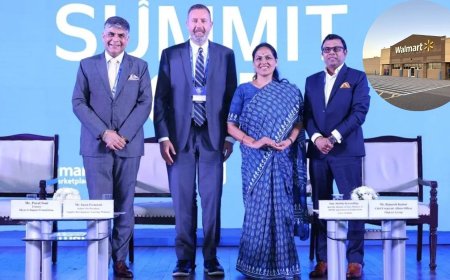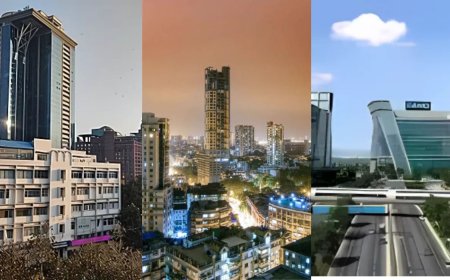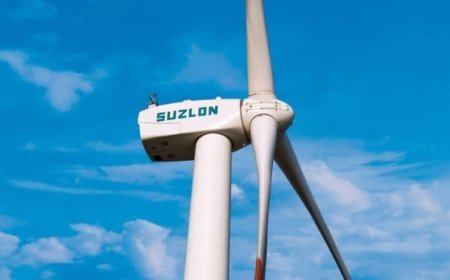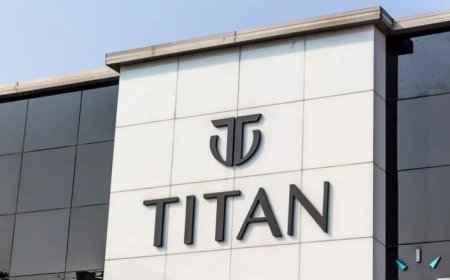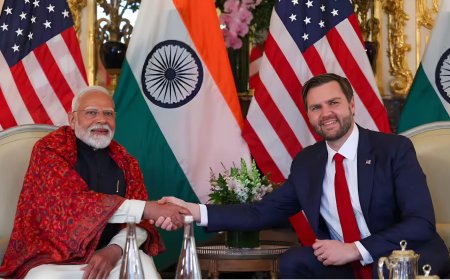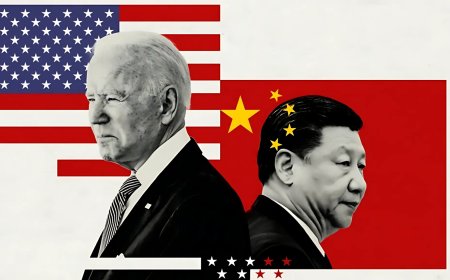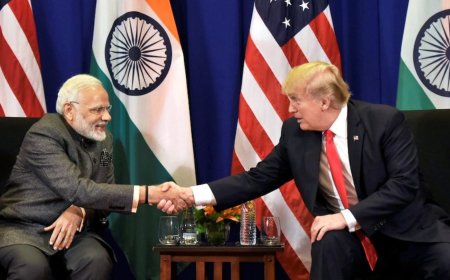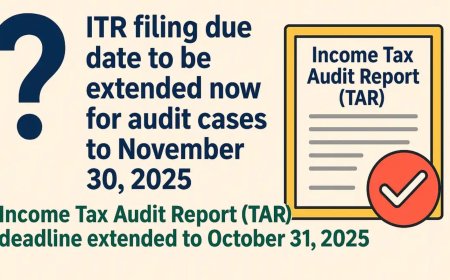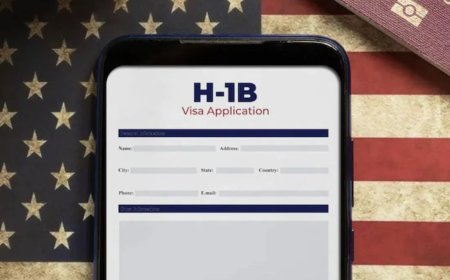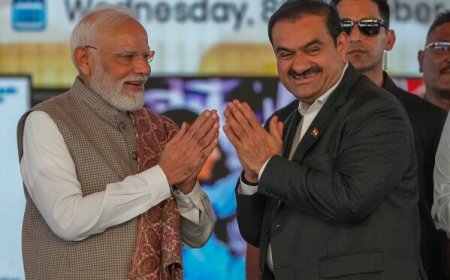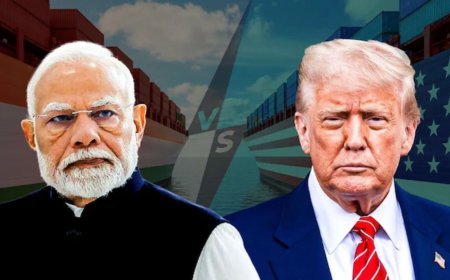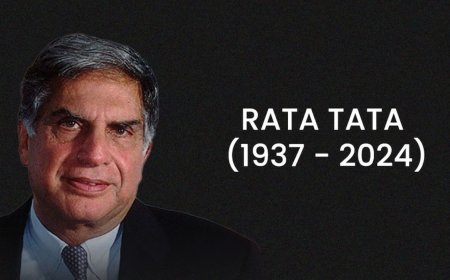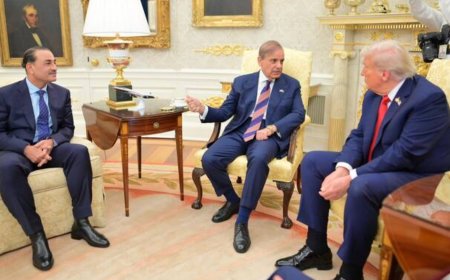India-US Trade Agreement: Partial Deal in 90 Days | Key Focus Areas Revealed
India aims to seal a partial bilateral trade agreement with the US within 90 days, focusing on market access, tariff reductions, and supply chain integration. Discover how this deal could reshape India-US trade relations.

India Eyes Partial Bilateral Trade Agreement With US Before 90-Day Deadline, To Focus On Three Fronts
India is accelerating efforts to finalize a partial bilateral trade agreement with the United States within a 90-day window, focusing on three key areas: market access, tariff reductions, and supply chain integration. This initiative follows President Donald Trump's recent decision to temporarily pause reciprocal tariffs on several countries, including India, providing a strategic opportunity for both nations to strengthen economic ties.
Background: A Strategic Opportunity Amid Global Trade Tensions
The global trade landscape has been volatile, with escalating tensions between major economies. In a surprising move, President Trump announced a 90-day pause on reciprocal tariffs for select countries, including India. This pause is particularly significant for Indian exporters, such as those in the shrimp industry, who have been affected by previous tariff hikes. The temporary relief offers India a crucial window to negotiate favorable trade terms with the US.
Three Pillars of the Proposed Agreement
1. Enhancing Market Access
India and the US aim to improve market access for each other's goods and services. For India, this means gaining better entry for its exports like pharmaceuticals, textiles, and information technology services into the US market. Conversely, the US seeks greater access for its agricultural products, medical devices, and energy exports to India. By reducing barriers, both countries hope to stimulate economic growth and create jobs.
2. Reducing Tariff and Non-Tariff Barriers
Tariff reductions are central to the negotiations. The US has expressed concerns over India's relatively high tariffs on certain goods, while India is wary of sudden tariff hikes from the US. Both nations are working towards a balanced approach that involves lowering tariffs and addressing non-tariff barriers, such as complex regulatory standards and customs procedures, to facilitate smoother trade flows.
3. Strengthening Supply Chain Integration
The agreement also focuses on integrating supply chains, particularly in critical sectors like semiconductors, renewable energy, and defense. By collaborating on supply chain resilience, India and the US aim to reduce dependency on other countries and enhance their strategic autonomy. This cooperation is expected to foster innovation and technological advancement in both nations.
Negotiation Timeline and Future Outlook
The goal is to finalize the first phase of the trade agreement by autumn 2025, aligning with the broader objective of increasing bilateral trade to $500 billion by 2030. The Indian Ministry of Commerce and Industry, along with the US Trade Representative's office, are leading the negotiations. Both sides have expressed optimism about reaching a mutually beneficial agreement within the stipulated timeframe.
What's Your Reaction?
 Like
0
Like
0
 Dislike
0
Dislike
0
 Love
0
Love
0
 Funny
0
Funny
0
 Angry
0
Angry
0
 Sad
0
Sad
0
 Wow
0
Wow
0
